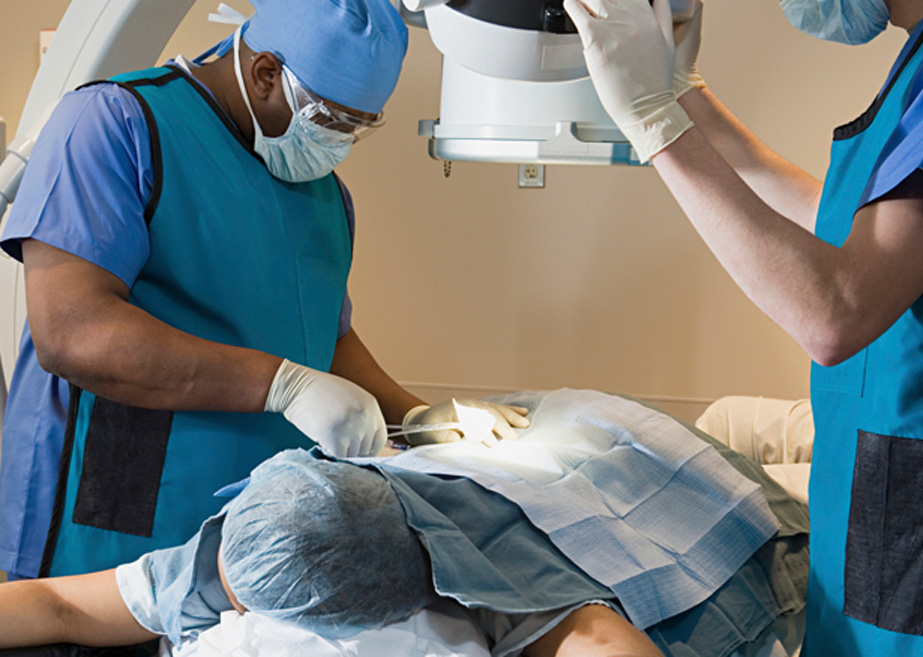
Lumbar facet pain may be caused by a dysfunction at the L4-L5 or L5-S1 joints of the spine.
Individuals with lumbar facet syndrome experience irritation of the posterior part of the lumbar spine, which may lead to swelling of the surrounding structures.
Symptoms of Lumbar Facet Syndrome
Symptoms of this condition include:
- Increased pain with extension or prolonged periods of inactivity, such as sitting or standing for too long
- Pain is severe in the morning but improves after moving around during the day
- Pain remains throughout the day for those who work sitting all day with poor posture
- Pain in the buttocks, hips, groin and back of the thighs
Causes of Lumbar Facet Pain
The pain may be caused by:
- Trauma, such as whiplash injury of the neck
- Abnormal posture leading to:
- Overload of the spinal tissues and facet joints
- Inflammation and pain in the joints
- Degenerative changes in the cervical, thoracic and lumbar spine may lead to abnormal stress and strain
Diagnosing and Treating Lumbar Facet Pain
Lumbar facet pain may be diagnosed with a lumbar medial branch block and treated with radiofrequency ablation.


What is a Lumbar Medial Branch Block?
A lumbar medial branch block is a procedure during which an anesthetic, such as lidocaine, is injected near small medial nerves connected to the lumbar facet joints. The diagnostic procedure helps identify which facet joint is the source of pain. If the patient experiences pain relief by at least 50%, then they may be a good candidate for radiofrequency ablation to provide longer term pain relief.
What is Radiofrequency Ablation?
Radiofrequency ablation is a procedure that involves using an electric current to heat up a small area of nerve tissue in order to halt the transmission of pain signals. The procedure can offer long lasting pain relief for patients with lumbar facet syndrome.
Risks of Radiofrequency Ablation
The procedure is generally safe. Serious complications, such as infection or bleeding at the incision site, are rare. Temporary side effects may include swelling and bruising at the incision site, and weakness or numbness in the legs.
What to Expect During a Radiofrequency Ablation Procedure
Before the procedure begins, the patient will be given an intravenous medication to help them relax. Once the patient is lying on the x-ray table, the doctor will clean the incision site with an antiseptic. Next, he or she will use a local anesthetic to numb the incision site.
The doctor will use x-ray guidance to insert a thin needle into the area experiencing pain. A microelectrode will then be inserted through the needle and the doctor will ask if the patient feels a tingling sensation. A radiofrequency current will be sent through the electrode to heat the nerve tissue.
After the Procedure
The amount of pain relief experienced will vary depending on the cause of pain and location. Patients may experience pain relief that lasts six to 12 months. Some patients may experience pain relief that lasts years.

